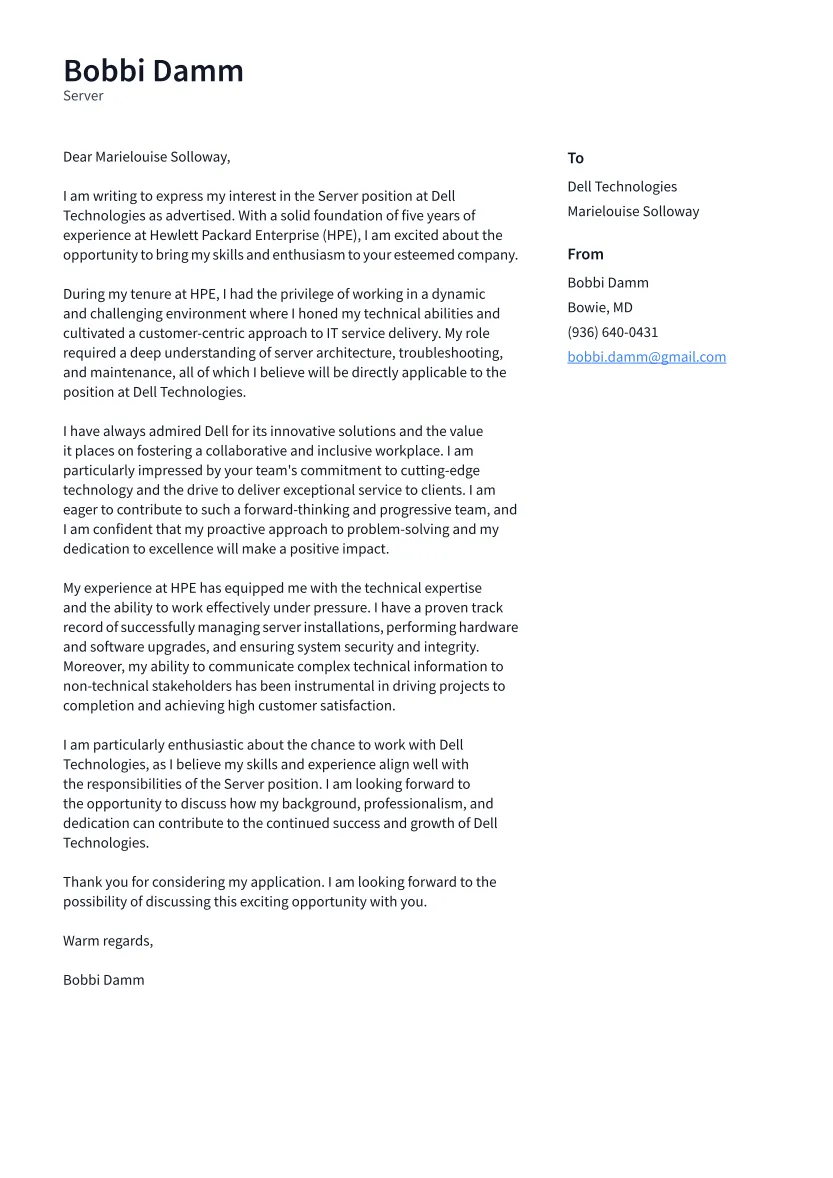What is a Cover Letter Server?
A cover letter server is a personalized system designed to streamline the process of creating and managing cover letters. Instead of manually writing each cover letter for every job application, a server allows you to automate parts of the process, saving you time and effort. It acts as a centralized hub where you store templates, personal information, and job-specific details. This system then helps you generate custom cover letters quickly and efficiently, tailored to the specific requirements of each job you apply for. It’s essentially a digital assistant for your job search, designed to boost your efficiency and improve your application success rate. This guide will walk you through the steps needed to create your own cover letter server.
Benefits of Using a Cover Letter Server
The advantages of implementing a cover letter server are numerous, primarily revolving around efficiency and personalization. One key benefit is the significant time saved. With pre-written templates and automated sections, you can create a tailored cover letter in a fraction of the time it would take to write one from scratch. Moreover, a cover letter server ensures consistency in your applications. You can maintain a uniform tone and style across all your cover letters, presenting a professional image to potential employers. The server also facilitates personalization. You can easily customize each cover letter with the specific details of the job and the company, demonstrating your genuine interest and attention to detail. Furthermore, it reduces errors, as you’re less likely to make mistakes when reusing and adapting existing content.
Streamlining Your Job Application Process
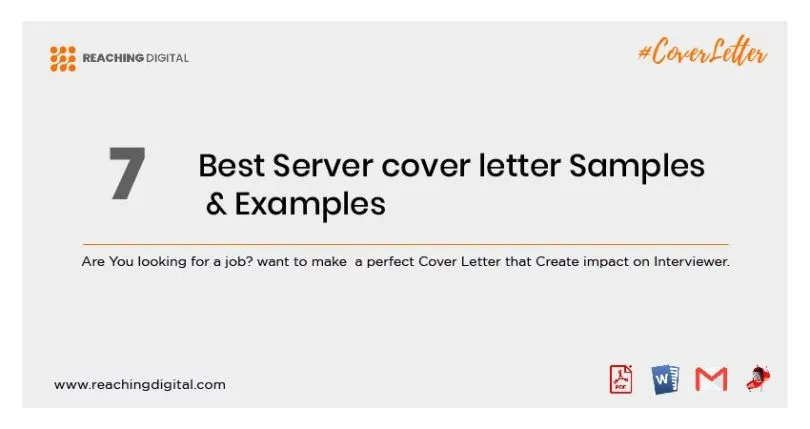
Implementing a cover letter server streamlines the entire job application process. Starting with identifying the key skills and experiences that match the job description, you can customize your cover letter effectively. You no longer have to start from a blank page; instead, you have a repository of pre-written content. You can quickly adapt a template to the specific requirements of the job, highlighting relevant skills and experiences. This streamlined approach ensures that you can submit more applications in less time, increasing your chances of landing an interview. This also helps you maintain organized applications and keeps a log of your application status and progress. With such efficiency, you’ll be able to focus on preparing for interviews and negotiating offers.
Easy Access to Personalized Cover Letters
One of the primary benefits of a cover letter server is the easy access to personalized cover letters. Your server acts as a central repository of all your cover letter-related information, from templates to personal details. You can store multiple templates catering to different types of jobs and industries. Accessing and modifying these templates is straightforward, allowing you to create highly customized cover letters that directly address the requirements of each job. You can insert job-specific keywords and phrases to show your relevance and make your application stand out. This ensures that your cover letters are not only unique but also relevant to each employer. This ease of use is a significant advantage, especially when you’re applying for multiple positions simultaneously.
How to Build Your Cover Letter Server
Building a cover letter server can be accomplished in a variety of ways, ranging from simple methods like using a dedicated folder with text files to more advanced solutions involving databases and automation scripts. This section will guide you through the essential steps. The first thing you need to do is understand what the job description is asking and which skills you have. You need to choose the right approach, set up your working environment and build templates. You will need to integrate with a database or storage solution. Finally, you should always test your implementation.
Choosing the Right Technology
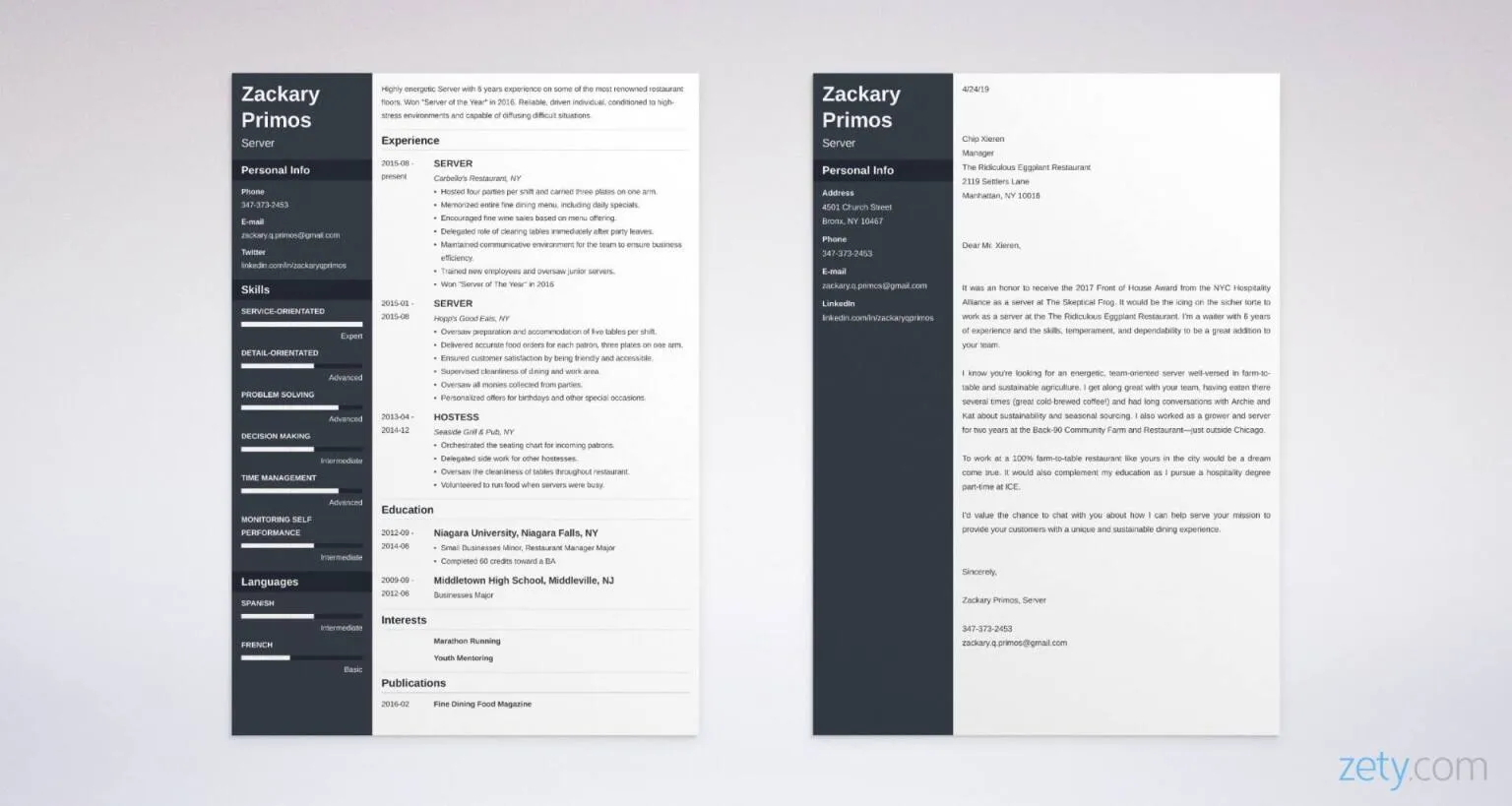
The choice of technology will depend on your technical skills and the level of automation you desire. For a basic setup, you can use simple text editors or word processing software combined with a well-organized folder structure. If you want a bit more control, you might consider using a spreadsheet program to manage your data and generate cover letters. For more advanced automation, you could explore programming languages like Python, which allows you to write scripts that can pull information from databases, customize templates, and generate cover letters automatically. Some users also utilize web-based services, like Google Docs or dedicated cover letter builders, to streamline their approach.
Setting Up Your Server Environment
The server environment setup is key to efficient management and automation. For simple file-based servers, set up a well-organized directory structure. Categorize your templates by job type, industry, or specific skills, to help you find them easily. Then, start with your personal details, which you will use throughout your application. If you plan to use a database or programming, you may need to configure your development environment, including the installation of software like Python and libraries like Jinja2 for templating. Then you would set up a database to store data. Make sure you have your server on a secure environment, protected by a strong password.
Creating Your Cover Letter Templates
Templates are the foundation of your cover letter server. Begin by creating a series of master templates that are based on different job types or industries. Each template should include standard sections like your introduction, key skills and experience, and a conclusion. Leave placeholders where you can insert job-specific details. Make sure that you design the templates using clear and concise language and focus on highlighting relevant skills and achievements that align with the job requirements. Keep the templates up-to-date, and regularly review and update them to reflect your current experience and career goals. Consider creating multiple versions to address the specific requirements of different jobs. This will increase the likelihood that each application is relevant and impactful.
Integrating a Database or Storage Solution
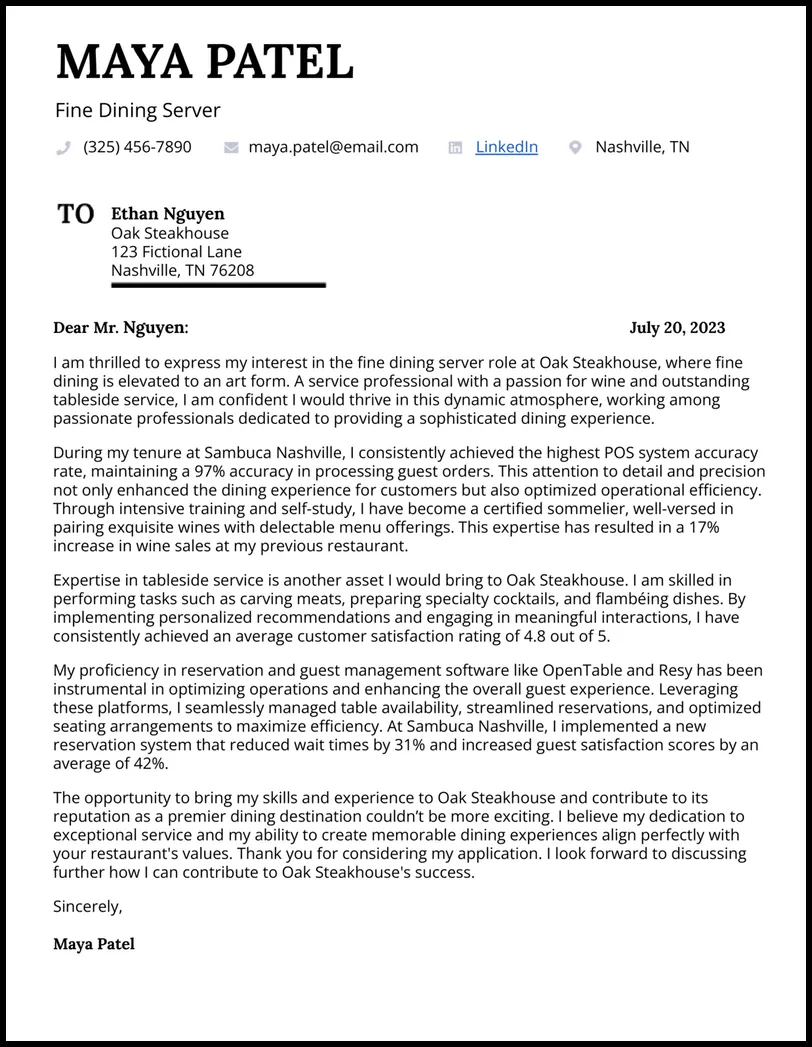
If you aim for greater efficiency, integrate a database or storage solution. This helps you manage your personal data, job-specific information, and cover letter templates. A database lets you store your personal details, past achievements, skills, and references. You can also create tables to store job descriptions, companies, and keywords. Use a database to store your data. Use programming languages to automatically generate personalized letters. This approach helps you easily pull and populate data into your templates. It also makes the process of creating cover letters more organized and reduces the risk of errors.
Testing and Refinement
Before you start using your cover letter server for real job applications, conduct thorough testing to make sure it’s working. Start by creating sample cover letters for different job scenarios. Review the generated cover letters carefully to ensure that the formatting is correct, all relevant information is included, and the language is clear and compelling. Seek feedback from friends or career advisors. Refine the system based on your testing and feedback. This may involve adjusting your templates, refining your automation scripts, or reorganizing your data. The refinement process is ongoing. Continue testing and updating your system to meet your evolving needs and job application strategies.
Advanced Features
Once you have a basic cover letter server up and running, consider adding advanced features to enhance its capabilities. This could include automating the extraction of keywords from job descriptions, which can be used to tailor your cover letters more effectively. You can also integrate with job boards and applicant tracking systems (ATS) to directly submit applications through your server. Add features to track your applications and record outcomes. Use analytics to monitor which strategies yield the best results. By continuously expanding your system, you can make it more powerful and personalized.
Automating Cover Letter Generation
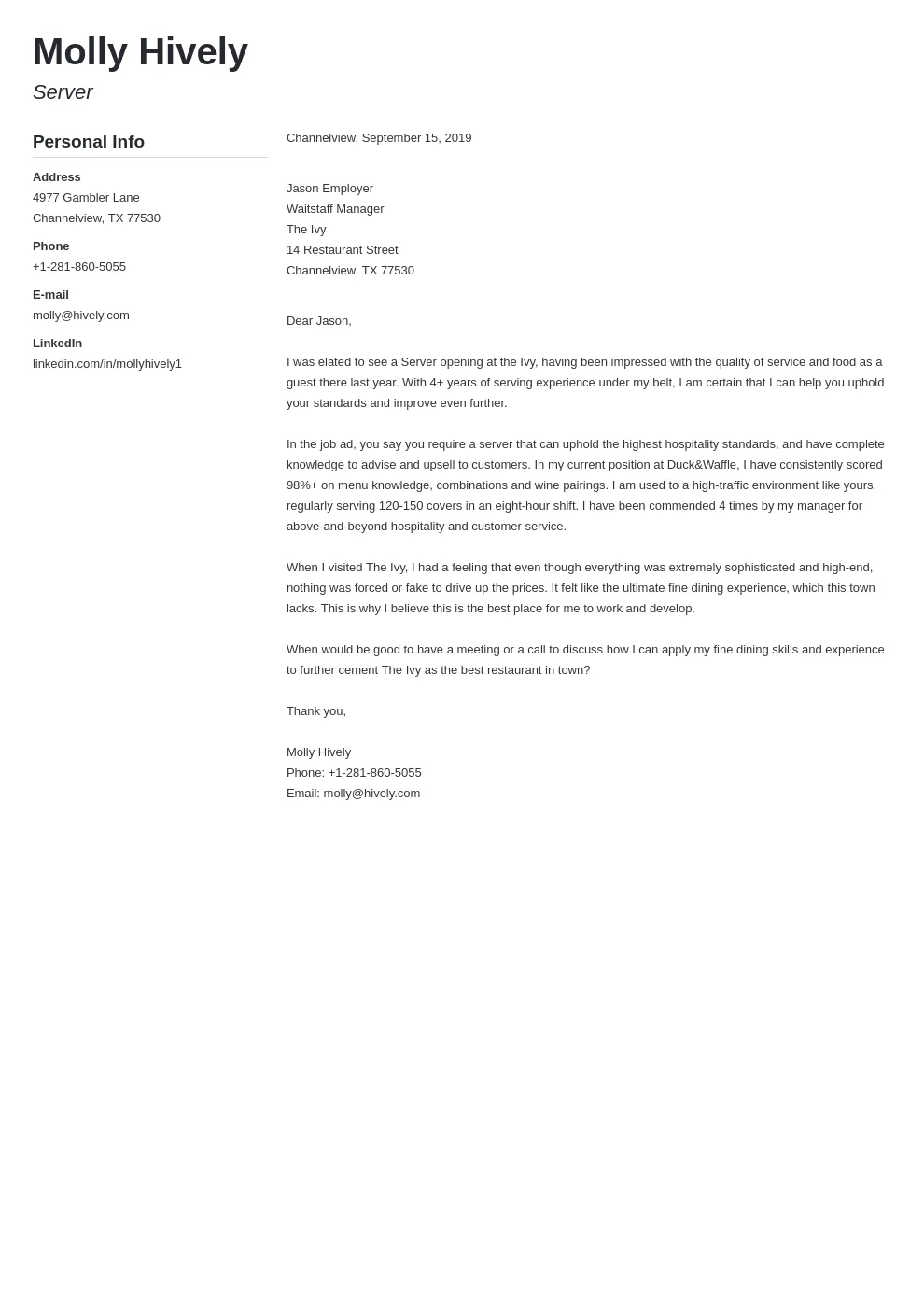
Automation is the key to saving time and effort when using a cover letter server. When you use a programming language, start by writing scripts to automatically populate your templates with information stored in your database. Set up the automation process. Create a script that uses job description keywords to customize your cover letter. You can also write scripts to automatically generate cover letters based on selected templates. This ensures that you can create personalized letters without manual effort. With automation, you can quickly apply for jobs without repeatedly typing the same information.
Integrating with Job Boards
Integrate your cover letter server with various job boards and application portals to streamline your application process even further. Explore the APIs or automation tools to allow you to pull job descriptions directly into your server. This will allow you to quickly scan the job description for relevant keywords, and then populate your templates accordingly. Implement features to auto-fill application forms on various job boards. Always test your integrations thoroughly and make sure they comply with the terms of service. You will streamline your application workflow and increase your efficiency.
Tips for Optimizing Your Server
To ensure your cover letter server is working at its best, keep these optimization tips in mind. Organize your data and templates. Regular maintenance helps you to keep the system running smoothly. Keep your personal information updated. Make sure your templates use keywords related to the job. Use clear and concise language. Use formatting for easy readability, and remove any unnecessary text. By following these guidelines, you can optimize your cover letter server and improve your job application outcomes.
Security Best Practices
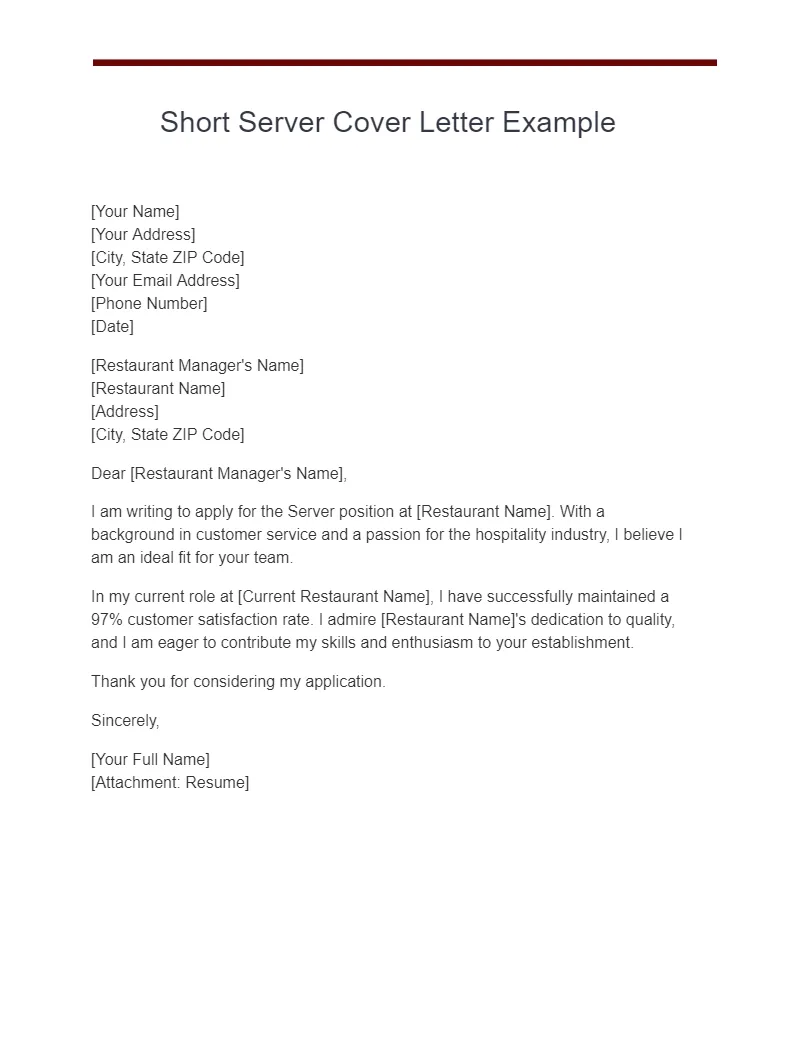
Data security is a critical aspect of building a cover letter server. To safeguard your sensitive information, use strong, unique passwords for all accounts associated with your server, and change them regularly. Secure your data by using encryption for your databases and storage solutions. If you’re using cloud services, make sure your data is protected by the provider. Also, limit access to your server data to only those who need it. Implement regular backups of your data, and store them in a separate, secure location. By prioritizing security, you can ensure that your cover letter server protects your data and your job search.
Regular Backups and Maintenance
Regular backups and maintenance are essential for keeping your cover letter server running smoothly and safeguarding your data. Back up your data regularly, and store these backups in a secure location. Update your software and systems regularly to patch security vulnerabilities and improve performance. Clean up any outdated templates, files, or data. Review and update your server. Always monitor your system’s performance to identify any potential issues. Schedule regular maintenance tasks to keep your system at its best.
Troubleshooting Common Issues
It is important to be aware of common issues that might arise with your cover letter server. If you experience errors during the cover letter generation, check your templates and ensure that all placeholders are correctly populated. If the formatting is incorrect, review your template and make sure your formatting is correct. If the integration with job boards is not working, double-check your API keys. Consult online forums and search for answers. Always keep a detailed log of any issues. By systematically troubleshooting issues, you can keep your server running smoothly and ensure it remains a valuable resource.
Why Your Cover Letter Server Matters
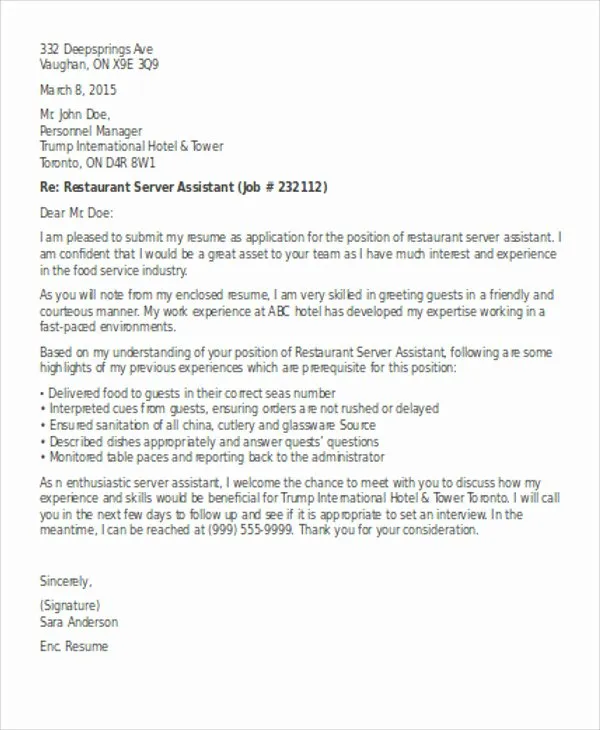
A well-built cover letter server provides significant benefits. It is the easiest way to save time when preparing applications. It allows you to customize your cover letters. You are also able to present a professional image, which increases the likelihood that you’ll be invited to interview. Additionally, using a cover letter server is a testament to your ability to use technology and efficiency in your job search, which can be valuable to prospective employers.
Saving Time and Effort
The most immediate benefit of using a cover letter server is the time and effort you save when applying for jobs. The traditional job search involves crafting a new cover letter for each position, which takes a significant amount of time. With a cover letter server, you can use pre-written templates and customize sections to your job application. The ability to quickly create and tailor cover letters means you can apply for more jobs in less time, increasing your chances of finding your next career opportunity. Saving time and effort means less stress and more time to focus on other important things, such as preparing for interviews.
Improving Your Application Success Rate
Using a cover letter server is directly correlated with an improved application success rate. Because you can personalize your cover letters, you will be able to create more relevant and engaging applications. Your ability to quickly generate cover letters allows you to apply for more jobs, which increases your chances of getting an interview. Make sure your server is organized with all your data and keep the templates current. The ability to quickly create tailored cover letters means you can highlight the skills and experiences that make you a strong candidate. These factors contribute to a higher application success rate, which is a significant advantage in a competitive job market.
